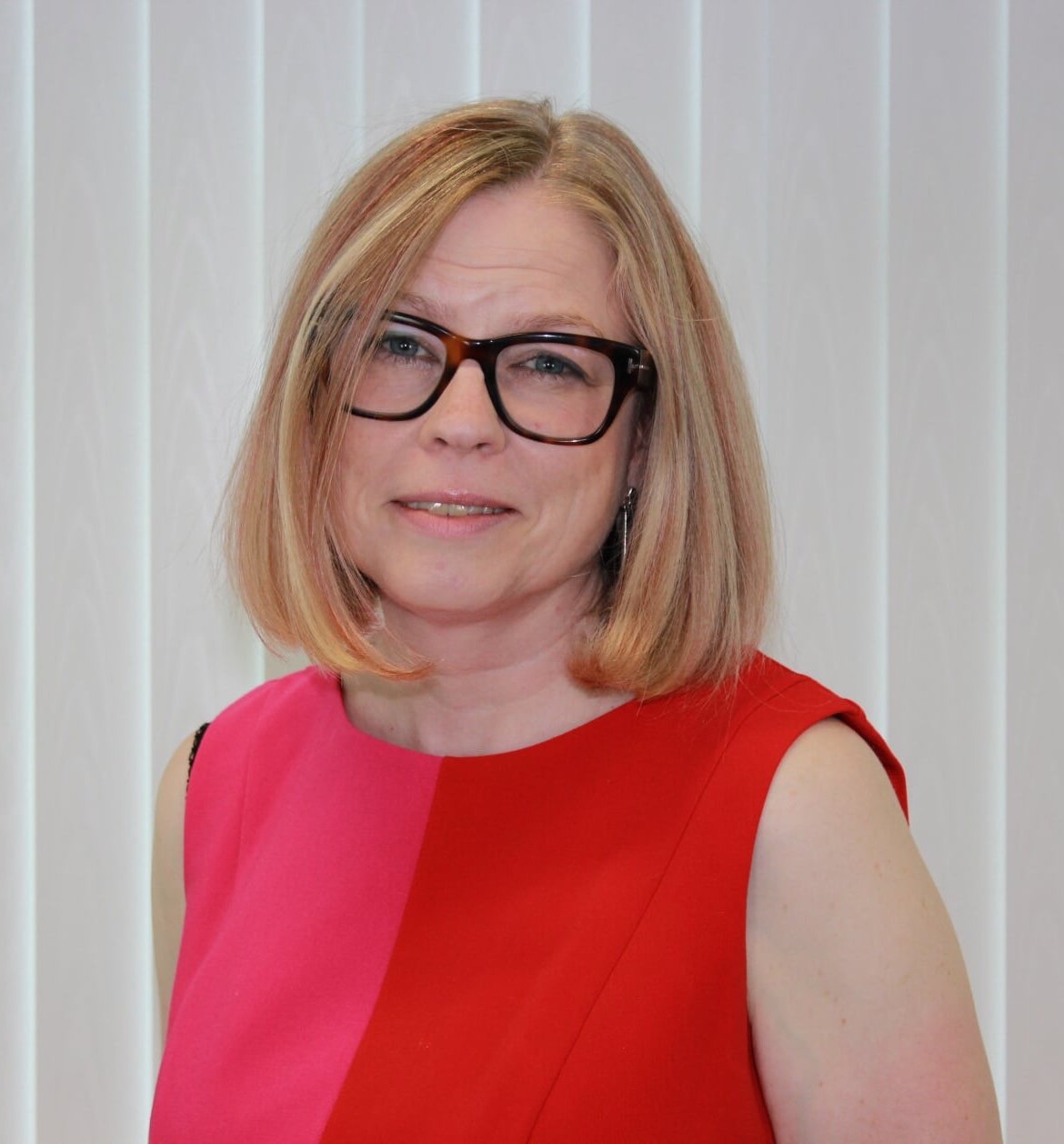When starting out to do anything, it's a really good idea to learn the mistakes most commonly made when doing it... and how to avoid them. This article sets out the 3 biggest mistakes made when process mapping and explains exactly how to avoid them.
1. Lack of Preparation
Successful business process mapping starts long before the first shape is dropped on the page. There is a lot to do before getting to that stage and missing out any of the necessary actions will cause you problems later.

To help you to avoid these problems, here is an exhaustive list of all the things that you need to do before starting to process map your business.
- Agree the Scope of the Project
- Ensure the Buy-in of all Process Owners Effected
- Communicate with the Subject Matter Experts
- Spend time setting up your Process Capture Workshops
Let's have a look at each one.
Agree the Scope of the Process Mapping Project
Another way of thinking about the scope of a project is to decide what you will be delivering, what will success look like. It is surprisingly easy to start on a process mapping project, without agreeing the end goal. Is the intention to map your business processes as-is? Or to also improve your processes? Will you be capturing just one department's processes or several? Or perhaps the aim is to capture one or several end-to-end processes? Or to map your whole organisation?

Getting this agreed in advance is key, both so that you know what you need to deliver and so that you can ensure that you have the resources and buy-in, that you need to do so.
Ensure the Buy-in of all Process Owners Effected
Once you have your process mapping project scope agreed, it is important to get the Process Owners’ buy-in to your project. Process Owners are departmental heads or equivalent. It may be that the scope of your process mapping project is determined by which process owners are bought-in to your project - as it's going to be very difficult to map the processes that they 'own' without their buy-in.
You need time with the subject matter experts (SMEs) from the business areas that you will be process mapping - the people who do the job that you are process mapping - and this will only be possible if the process owner enables this.
Communicate with the Subject Matter Experts
People tend to imagine the worst about things that they don’t understand. They will naturally be suspicious about any projects involving their department or area of responsibility if it isn't explained to them, especially why or how it will benefit them. This is a very common problem to overcome when undertaking any process mapping project - as process mapping is likely to be outside of most people’s experience and their usual responsibilities. So explain what you are looking to do and how you want to involve them.
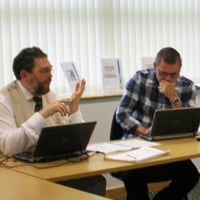
Communicate with the subject matter experts directly - don't assume that the Process Owner will pass on the information that you have discussed them. Make sure anything you want the SMEs to know is sent directly to them.
Keep all information as succinct as possible. If it is too long, it won’t be read. If possible, ask a member of the senior management team to sponsor the information. Draft a quote about why the project is important and the benefits it will deliver and ask them to put their name to it. Highlight the link between your project, the time they are being asked to give to it and a strategic corporate initiative.
Spend time setting up Process Capture Workshops
Key to creating great process maps, is capturing great information. This is best done in process capture workshops with the relevant subject matter experts. Key to holding great Process Capture workshop is... the time and effort spent setting them up.
- Agree the scope of the information/processes to be captured during the workshop. It is absolutely key to have the scope of what is to be captured defined before the session starts.
- Decide the time-frame for the workshop and stick to it. Of course, the scope of what’s planned needs to fit into the time-frame of the meeting, so both need to be agreed in sync.
- Invite the subjects matter experts, no more than ten people should be invited to each workshop.
- Send all the participants an agenda for the workshop with the supporting background information.
- Give everyone invited to the workshop an opportunity to ask you questions before the event and raise any concerns. Give the same opportunity to their departmental heads – if you don’t have the support of all of the relevant parties, you want to uncover this as early as possible
Don't do any actual process mapping in a process capture workshop. Capture the process and capture information about the process to enable you to document it in a process map after the workshop.
Break out the Sharpies and Post-It Notes, throw some brown paper on the wall and get creative.
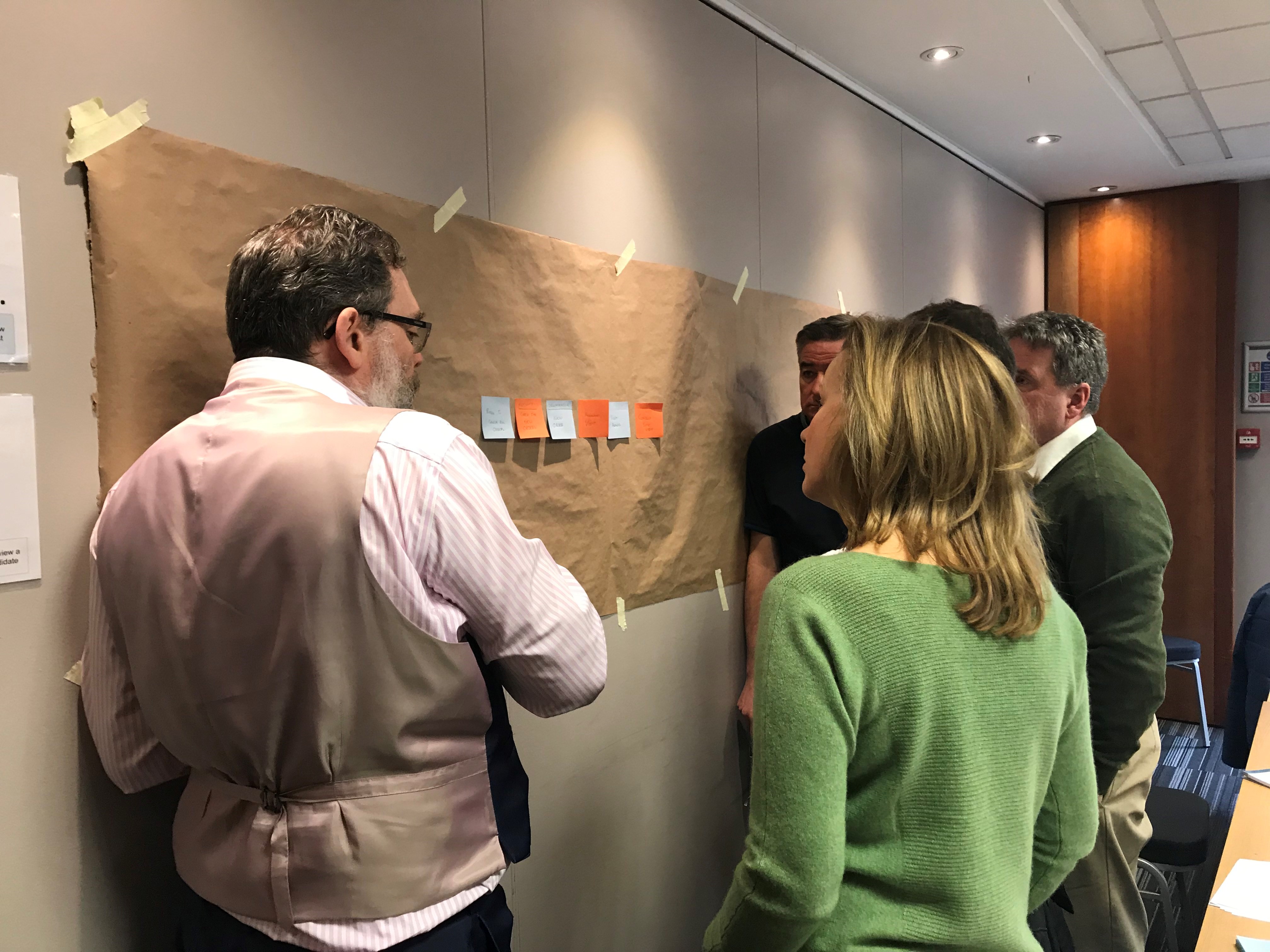
Read our tips on running a successful process discovery workshop here.
2. Creating process maps that few people can understand
The value of a process map is in its clarity to a wide audience. So a really complex process map, that perhaps only the author can understand is of limited value.
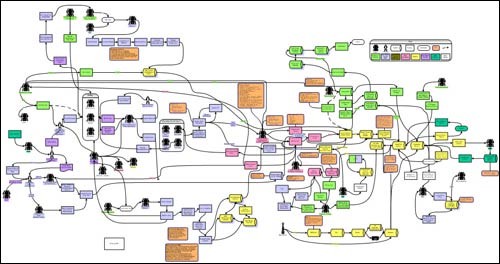
The way to avoid this very common mistake is to:
- Agree a structured and simple process mapping approach or methodology
- Use a process mapping tool that delivers clear, easy to read, process maps in accordance with your methodology
Agree a structured and simple process mapping approach or methodology
This is a step that is so easily missed, but especially where there are multiple process mappers, agreeing the process mapping approach up-front, ensures that the process maps created are consistent, use a standard template and shapes and all conform to one process mapping methodology. This methodology should be simple enough that non-process experts can follow it.
Triaster developed the Noun-Verb process mapping methodology. This is a powerful, yet very simple way to document business processes.
The Noun-Verb methodology perfectly balances out the need for simple, comprehensible process diagrams, that are also at the same time sufficiently detailed to enable the identification and analysis of performance improvement opportunities. To learn more about it, please read this article: Noun-Verb: A Simple Process Mapping Methodology

Use a process mapping tool that delivers clear, easy to read, process maps
Again uniformity is key. Have everybody using the same tool -one that makes process mappers lives as easy as possible (so very simple to use) and delivers clear, easy to read process maps.
There are a great deal of process mapping tools available; the Triaster process mapping tool, Process Navigator, has been developed to work with the Noun-verb process mapping methodology and as a result - if all your process mapper adhere to this - delivers clear, consistent, easy to read process maps, which are useful to a widespread, non-specialist workforce, and at the same time, also useful to business analysts.
Process Navigator is free of charge - try it now.
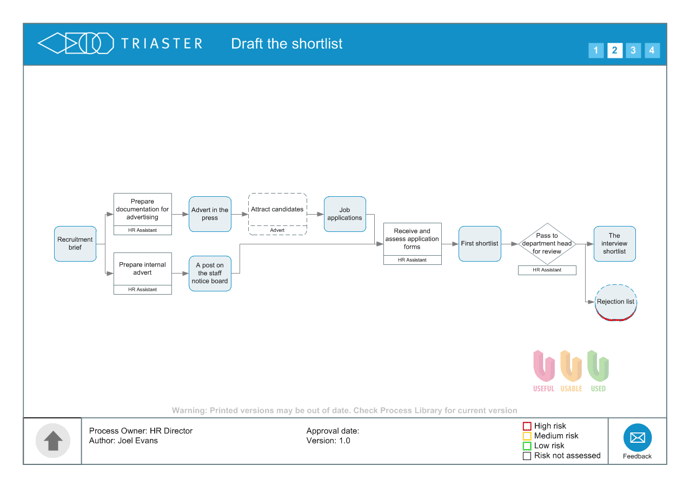
3. Creating Process Maps that no-one else can use
Mapping out business processes is a big job, and very time consuming. No matter how easy to use you process mapping tool is, there is no quick way to map your business processes if you want to do it well.
So it is really important that the process maps produced are accessible to everyone to enable them to do their jobs better. Process Mapping delivers on the first pillar of Continuous Improvement, and it is a big - and common - mistake to stop at that and not share and use those process maps to improve your business processes.
To read more on the 4 pillars of Continuous Improvement please click here: Capture, Share, Use and Improve
Having process maps available at the click of a button is crucial in permeating an understanding of business process improvement throughout your organisation. Sharing the process maps via a business management system is a great way to do this. Quick and easy access to view and edit the maps will retain the focus, and will help to nurture a culture of continuous improvement as people continuously submit improvement ideas and amend their processes accordingly.
For details on Triaster's BPM systems, please look here: https://www.triaster.co.uk/triaster-platform.php
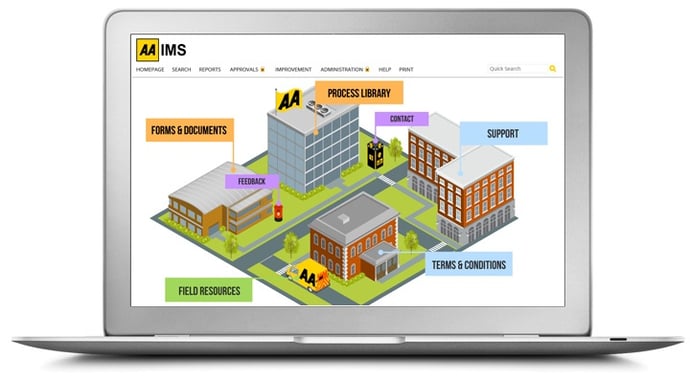
Further help with Business Process Mapping
Triaster, having working with many hundreds of companies in the business process mapping space for well over 20 years, has developed the expertise and the software solutions to help you to overcome each of these 3 common problems.
There is masses of information available freely on our website and we would love to talk with you if you would like more information on our BPM system costs.
Here are a few of the resources that you may find useful - but do use Search for even more.
- Process Mapping Checklist
- The Ultimate Guide to Business Process Mapping
- The A-Z of Business Process Management
- Process Navigator process mapping tool
Related articles:
Capturing a Business Process: Tips for Process Discovery Workshops
What is the Noun-Verb Methodology of Process Mapping?
How to share your process maps in an interactive and engaging way
Written by Emma Harris
Emma was Operations Director for Triaster for nearly 20 years, during which time as well as learning and perfecting her BPM and process improvement skills, she honed her inbound marketing expertise. She now runs D2e - Designed to engage - which designs and develops bespoke, engaging, HubSpot CMS websites, that help your entire company to grow and scale. She is delighted to still be delivering Triaster's marketing, whilst also helping other companies turn their websites into their hardest working asset.
